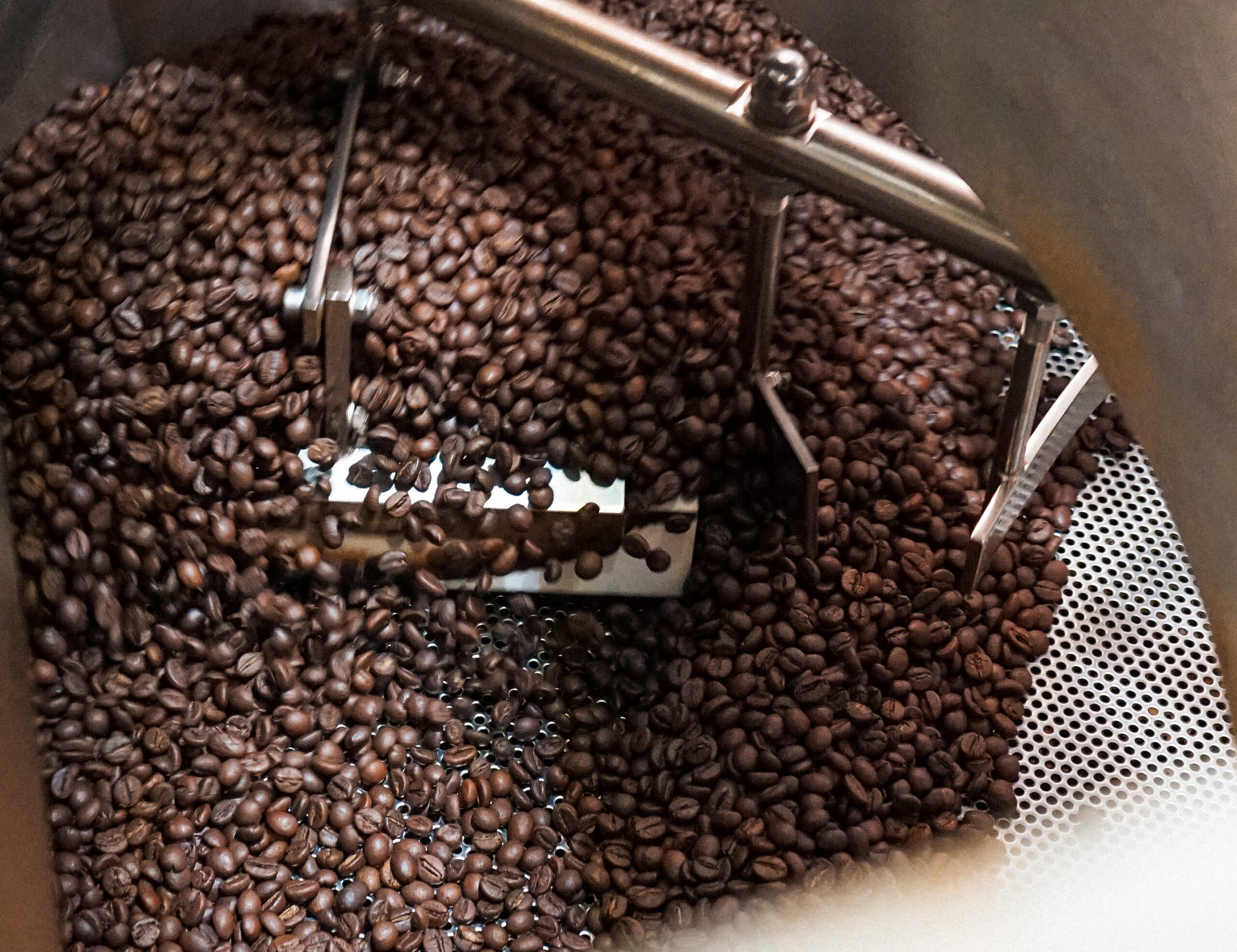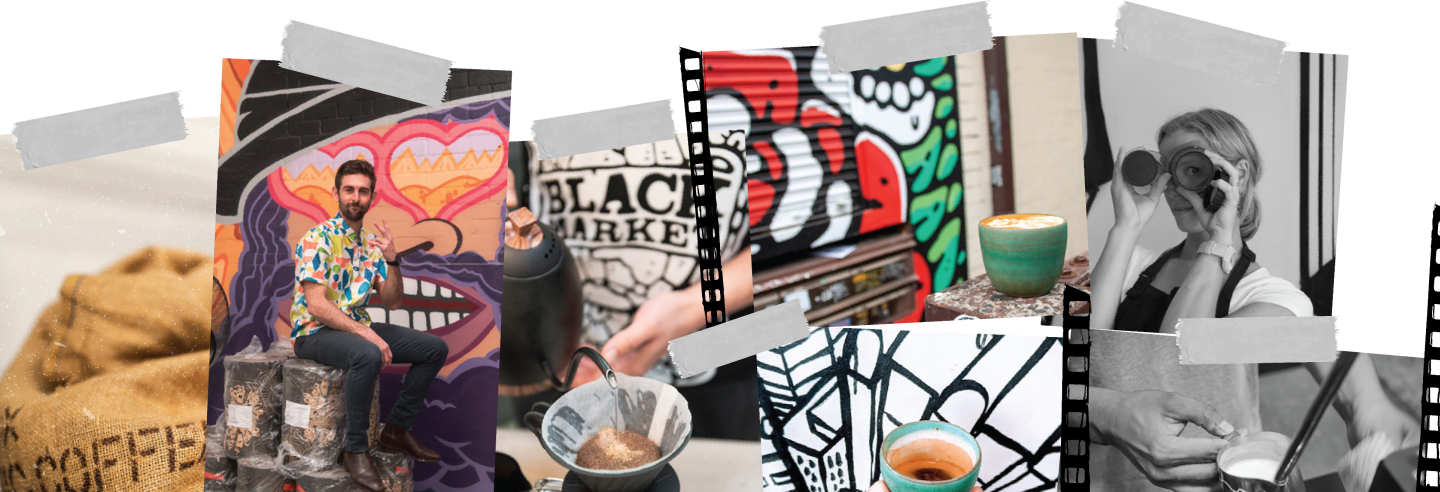
THE ROBUSTA PARADOX
We humans are complex structures of synapses and neurons, buoyantly held together by a moist, floppy mass, draped over some sticks and wrapped up in skin. These neurons zapping around give us incredible abilities to be radical free thinkers, navigate multifaceted ethical quandaries, to consume intricate information and come to an independent conclusion. More so, the ability to change that conclusion should new information come to light. What fantastic creatures we are! No one acknowledges this more so than our noble media outlets, who tirelessly celebrate our individuality by developing their own synapses and neurons, or algorithms, to place that anti-wrinkle face serum on the virtual shelf, right at eye level. Where, after two weeks of independent thought, I clicked it into my shopping cart.
Have we given robusta the same process of independent thought as the anti wrinkle serum, but in the opposite direction? Have we decided through anecdotal evidence, and the highly scientific ‘well I tried a robusta when I was travelling through Herzegovina, they made a turkish coffee using beans ground, like, four months ago, and as fine as ash. So yeah, Robusta isn’t good.’ experiential proof.
When the specialty coffee movement grew, the industry pooled its energy into improving techniques and processes around arabica coffee, leaving robusta for the commodity trade. But is this because robusta is factually inherently inferior in quality to arabica, or have we created a robusta paradox?
For a long time we’ve loved the pizzazz of a yirgacheffe, SL28 or bourbon. The specialty coffee industry has made leaps and bounds over the years, and continues to do so, in farming and processing techniques, better equipment, more advanced roasteries, more exact roasting profiles. The specialty coffee community has put in the hard yards to make one (well, hundreds) of tasty coffee arabica varietals. But has the industry put the same time and effort into robusta varietals? Not on your nelly! And yet we seem to judge it by the same standards. We blame poor old robusta for not achieving the same heights of flavour as its arabica counterpart, and use it as proof that it is fundamentally substandard, and derserves even less attention. The robusta paradox. Sad self-fulfilling prophecy.
But how can we compare the two? Take a javelin competition for instance – stay with me – and you pit Kelsey-Lee Barber against Billy, a kindergarten little athletics competitor. Kelsey has had decades of training, using state of the art facilities, and the latest equipment to hone her skills to help her become a defending world champion. Young Billy boy has only been alive for six years, is wearing his school shoes because he left his joggers on the bus, and is throwing a rubber chicken. Is Kelsey better than Billy? Yes. But does that mean Billy will always be bad? No. Given training, resources, experience, and education, Billy will get there in time. He will be the next javelin champion of the world! Unless of course he decides to go into IT. You can’t force these things. Go follow your passion Billy.
In upcoming posts we’ll get stuck into the more intricate factors of why we should take a bit more notice of robusta, and extricate ourselves from the robusta paradox. I’m hoping for a time that we can see and taste the change for the better that robusta can bring to the specialty coffee landscape.
Until then, I’ll be enjoying my cup of Huila, Colombian, washed Caturra, Arabica coffee tasting of cherries, red grapes and praline. I’m no martyr.
Be The first to know about new digs.

